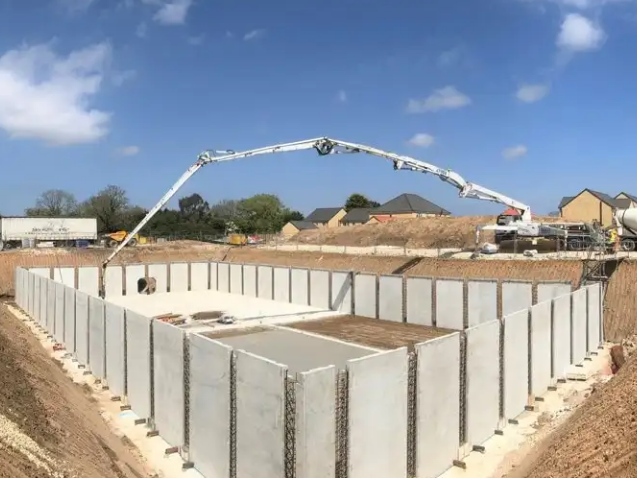Sustainable Approaches to Stormwater Management
Stormwater is the main cause of soil erosion of agricultural land and flooding in cities. Both cases can result in severe consequences. In cities, the stormwater falling on impervious land surfaces can cause surface water pollution as the water can carry away dirt and pollutants from the surface and mix it to the rivers. This polluted water becomes unfit for consumption and may affect the aquatic ecosystem as well.
To prevent all these issues, it is important to implement proper stormwater management techniques. The focus should be to reduce peak flows during rainy periods, storing water, and attenuating the power and velocity of stormwater.
Stormwater management helps in protecting human health, preventing water pollution, reusing precipitation water, and preventing damages to infrastructure. Especially in urban areas, it is important to install a stormwater attenuation system because the natural hydraulic properties have been disturbed.
Here, are the most efficient techniques for stormwater management.
Onsite Stormwater Detention (OSD)
It relies on detaining and collecting stormwater on a residential or commercial site. It is best to install a stormwater attenuation tank for this purpose. Once water is stored in this tank, it can be diverted to the main drainage system or Greenfield areas at a moderate rate. Storing water into this tank allows us to filter the stormwater before being discharged to the main drainage system. Thus, it will help in preventing water pollution. Also, this water can be reused after filtration.
Infiltration Basin
An infiltration basin is similar to a stormwater attenuation tank which constructed with permeable soils. Unlike the stormwater attenuation tanks, it does not comprise any outlet for discharging water. Rather, it stores the stormwater temporarily and discharges it slowly into the ground through the surrounding soil. This process helps in groundwater recharging. For additional runoff storage, a detention basin can be combined with the infiltration basin.
Green Infrastructure Practices
GI practices like green roofs, blue roofs, infiltration trenches, grass filter stripes do not directly help in storing the stormwater at a place and regulating its flow to the storm drains. Rather, they help in restoring the natural hydrological system by allowing more groundwater recharging. These practices should be combined with a stormwater attenuation system to manage the overflow of stormwater. They also allow cleaner water to be stored in the underground stormwater attenuation tank.
Cost Considerations
All the above-mentioned techniques are highly cost-efficient. The cost of installing a stormwater attenuation system depends on your specific requirements and topography of your area. It is quite easy to implement and maintain than other techniques.



Comments
Post a Comment